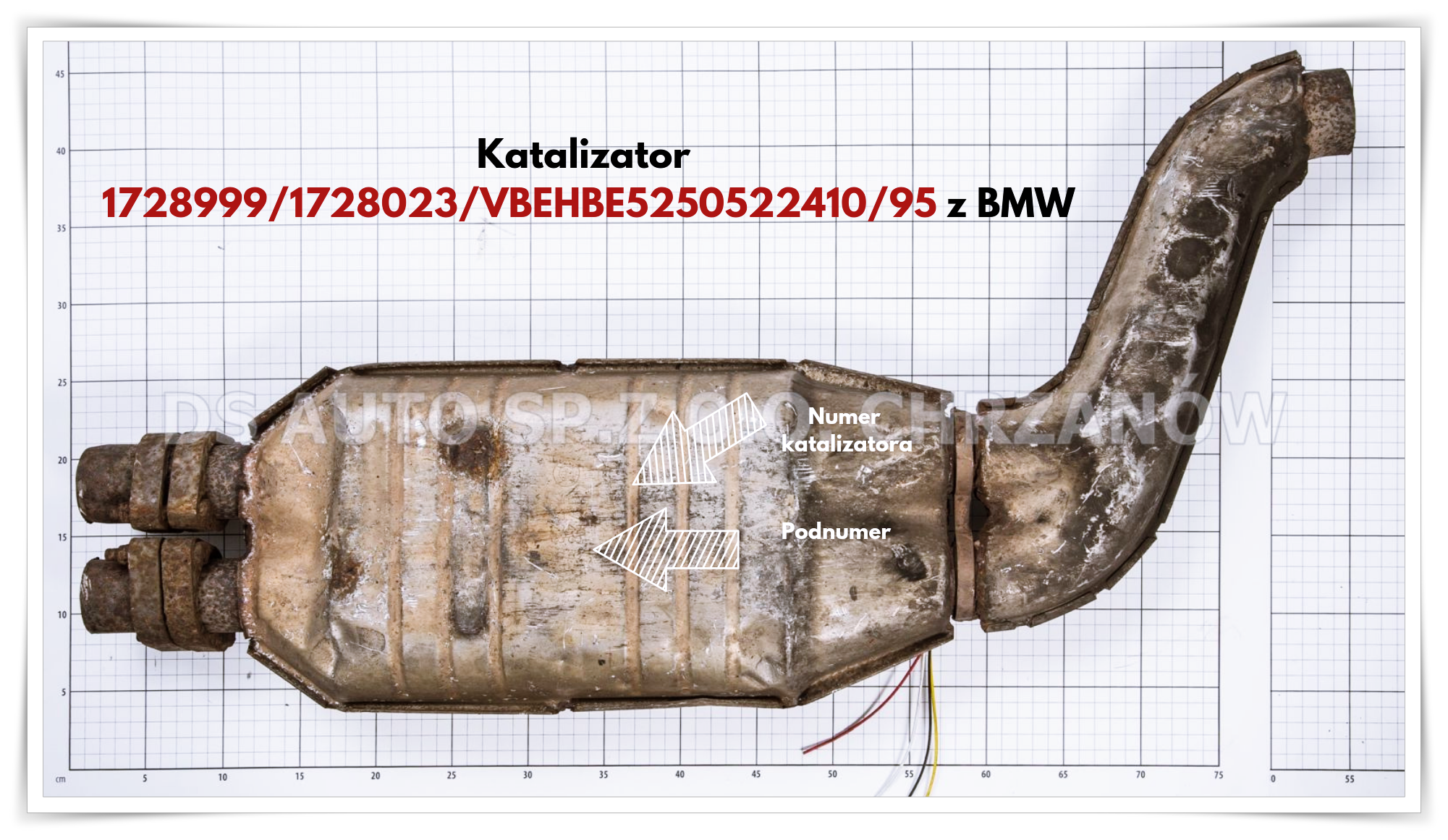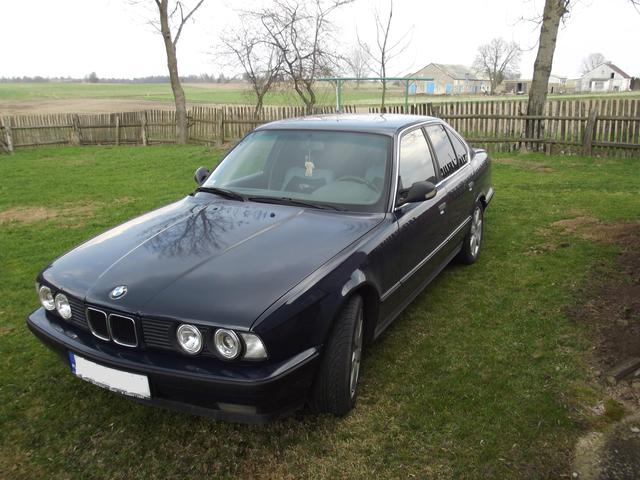Catalysts 1728999/1728023/VBEHBE5250522410/R95 were used in BMW cars.
They are characterized by considerable size – its length is less than 85 cm, which is due to the large extension, which is one of the outlets. The weight of the contribution is over 1.7 kg. The main part of the cover has transverse recesses.

Catalyst 1728999/1728023/VBEHBE5250522410/R95 was mounted in cars BMW E34 M50 520 i.
You can know the price of the model outside the promotion on the catalyst page.
BMW E34 it’s a luxury car. It belongs to the third generation of the BMW 5 Series, which was sold in 1988–1996. Production began with the sedan and only in 1990 it was extended to the station wagon model Touring. E34 was replaced by the next generation, E39 in 1995, Although the production of the sedan was discontinued, Touring was produced until 1996.
The E34 was the first generation of the series with the combo version. The 525iX was the first BMW with all-wheel drive. Other innovations that the E34 introduced to the 5 Series include the V8, ASC engines, traction control (ASC + T), 6-speed gearbox and rigidly adjustable chassis (EDC).

A wide range of different types of BMW engines were used in production. In E34 there were different generations, from 4 to 8 cylindrical engines.
The E34 – M5 sports variant was powered by the S38 six-cylinder in-line engine and was available in both sedan and touring versions.
The development of the model took place from July 1981 to the end of 1987. The original design was outlined by Ercole Spada in 1982, under the supervision of the main designer Claus Luthe. E34 was designed based on the seventh model: E32. After the departure of Ercole Spada in 1983, designer J. Mays completed the design of the production version in mid-1985. High requirements were set on aerodynamics, thanks to which the E34 achieves a coefficient of air resistance of 0.30. Production began in February 1988. 1,333,412 units were produced.
The most common defects of the model include looseness on the rear suspension beam sleeves, faulty injection pump adjuster and head unsealing, 12-valve engine versions have problems with overheating and cracking of the gasket under the head and the head, leaks in the cooling system.
The biggest advantages include great driving characteristics, rear-wheel drive, rich car equipment and driving comfort. If we do not save on the site, we can enjoy the ownership of this vehicle for a long time.

 Phone number:
Phone number:  E-mail:
E-mail:  A stationary point:
A stationary point:  Getting from the customer:
Getting from the customer:  XRF analysis spectrometer:
XRF analysis spectrometer:  Valuation by numbers:
Valuation by numbers: 